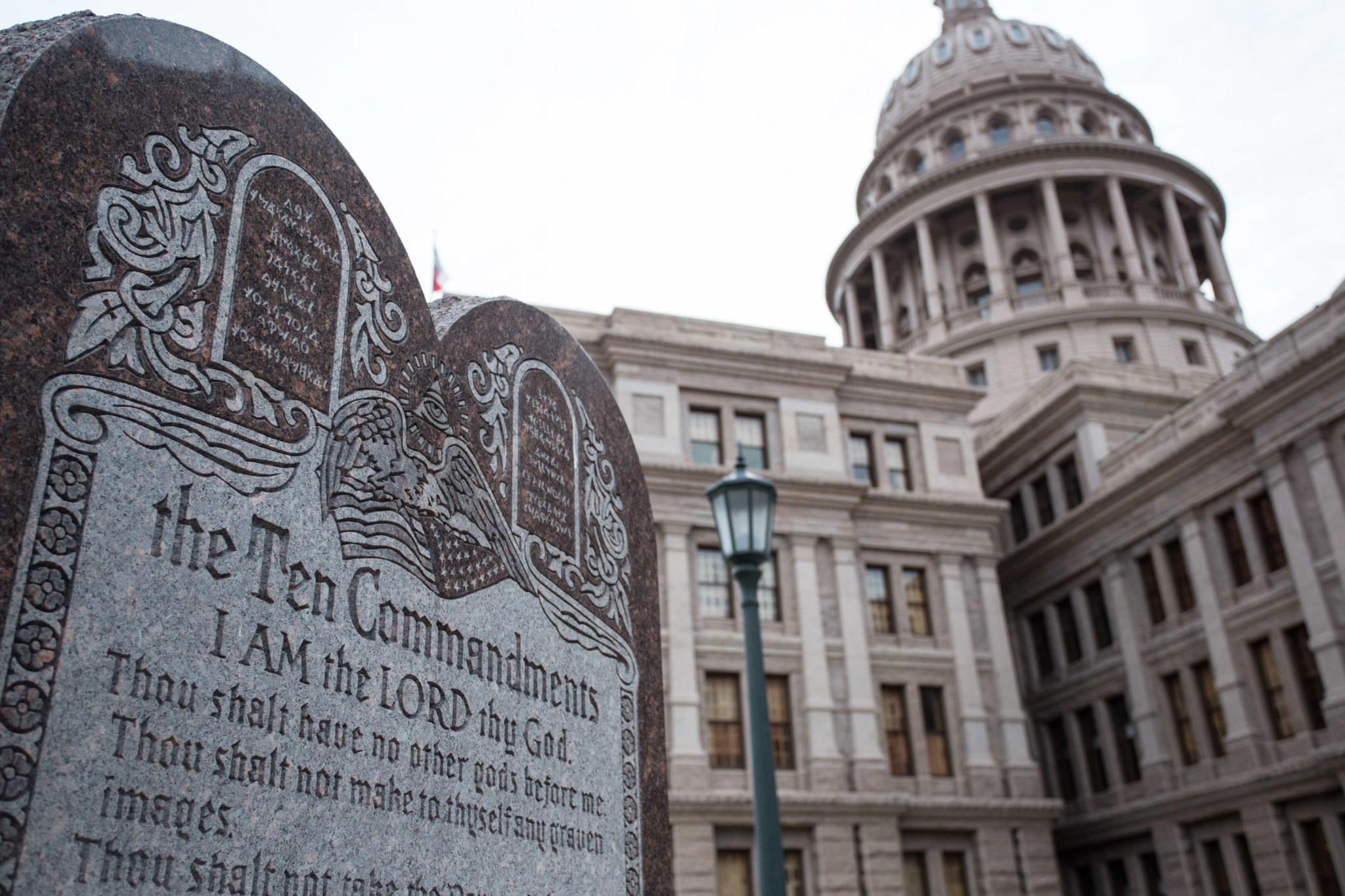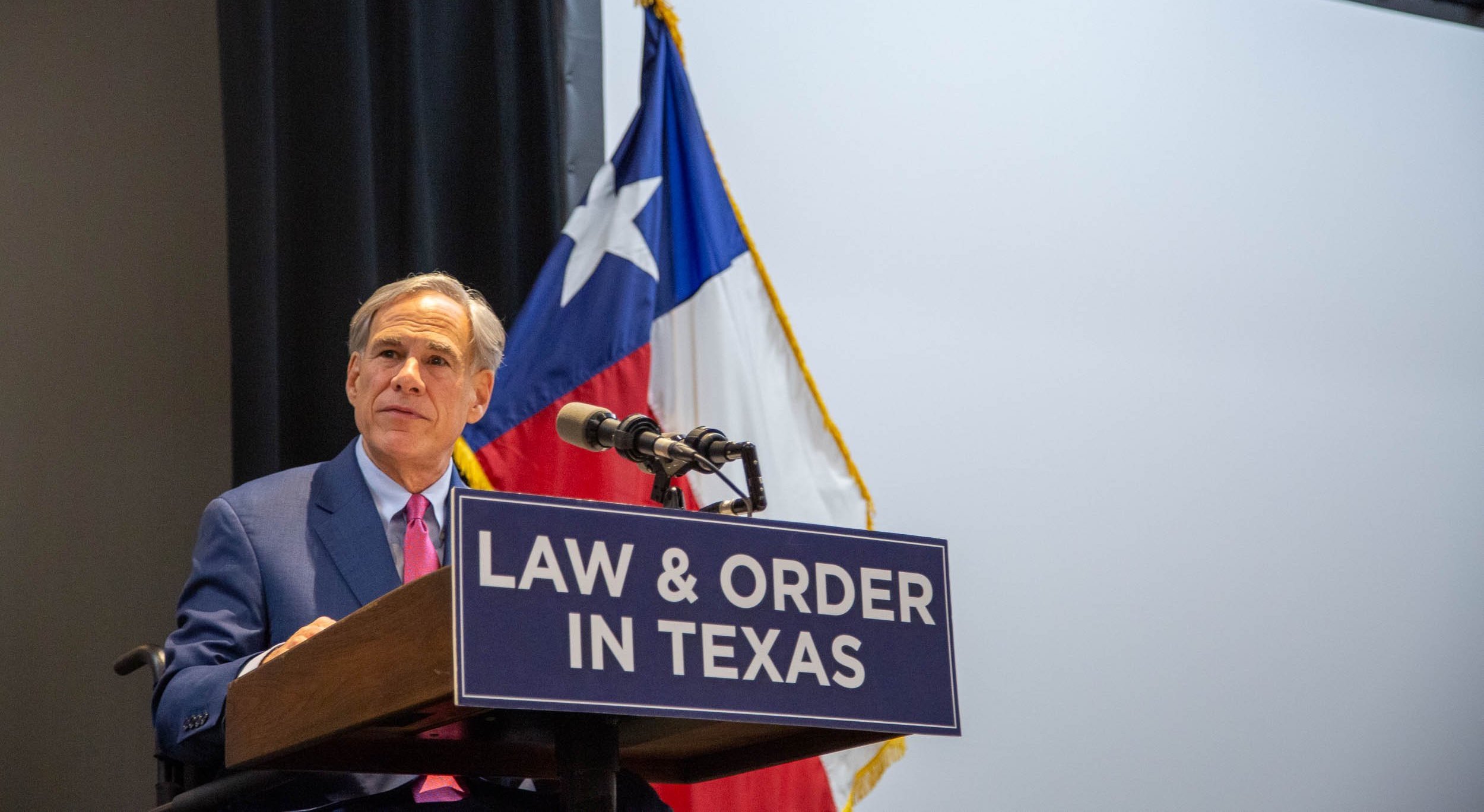Why Willingham-Arson Report Will Be So Important

Let’s start with an assertion on which everyone can agree: Cameron Todd Willingham is deceased.
The time to help him passed six years ago, when Willingham was led into the death chamber in Huntsville and executed. There’s also little disputing that the arson evidence that sent him there was flawed and has since been disproved. But arguing endlessly about his guilt or innocence serves little practical purpose.
What we need to focus on is the discredited evidence that led to his conviction.
That’s because there are many wrongly convicted people serving time in Texas prison on bogus arson convictions. How many? We don’t know exactly, because hardly anyone has looked into it. But there are quite likely several hundred of them. Yes, hundreds.
I’ve done quite a bit of reporting on arson convictions—as part of an investigative series last year—and I’m convinced there are hundreds of innocent people who have been convicted of arson in Texas alone. (For more details, read this overview story.)
All of which brings me to Friday’s meeting of the Forensic Science Commission in Houston.
There was plenty of news and drama packed into that tiny meeting room at the Doubletree near Bush Intercontinental Airport. (I wasn’t at the meeting, but followed it via the video feed on the Innocence Project’s Web site.)
As you may know, there were two major developments at the meeting. First, the commissioners turned back an apparent attempt by Chair John Bradley to limit the types of forensic cases the commission could look at.
I’ll spare you the bureaucratic details, but essentially Bradley—who was appointed by Gov. Rick Perry last year in a highly controversial move—had circulated a memo that, if enacted, would have restricted the commission’s work to post-2003 cases. (The Houston Chronicle’s Rick Casey wrote an excellent column on this issue.)
The second development was the commission finally concluded that the arson evidence used against Willingham was “flawed.” The commission also concluded that the investigators in the case weren’t professionally negligent, because they were simply following accepted practices at the time. Commissioners made clear they didn’t think that in 1991, when Willingham’s case was investigated, the new and more scientific understanding of fire was widely known.
The meeting also included two very entertaining shouting matches between Bradley and Barry Scheck of the Innocence Project—with Bradley accusing Scheck of playing to the cameras, and Scheck responding that Bradley wasn’t seeking the truth. (You can read details from the Statesman and Grits. Kuff has coverage too.)
As Grits points out, I’m not sure anyone really cares whether the investigators’ obviously flawed work 20 years ago meets the technical definition of “negligence.” One of the men who worked on the case is dead, after all. (It’s also a bit of a cop out—as Scheck noted at the meeting—because the Innocence Project had originally asked the commission to look at not whether the investigators committed negligence at the time, but whether the state Fire Marshal’s office committed negligence by not correcting the record in Willingham’s case, when they knew (or should have known) that a man was sitting on death row due to flawed evidence.)
What’s most important here is that “flawed” evidence. The commission voted to elicit feedback from fire scientists about its conclusions and then produce a final report by their next meeting on Sept. 17th.
That report could be a very important document. How far will the commissioners go in their analysis of what they’ve already concluded is “flawed” evidence? Will they play it conservative—admit the evidence was flawed, but not go into detail—absolve the investigators and call it a day?
Or will they go point-by-point and detail the problems with each claim against Willingham? From crazed glass to melted bedsprings to burn patterns in post-flashover fires.
If so, then the report could be a landmark document: An official primer from a Texas agency on exactly which kinds of arson evidence is flawed.
Arson convictions in this state need to be examined—by the Attorney General, DPS, someone. To date, no one has looked at these cases in depth (besides the Innocence Project of Texas and myself).
The Forensic Science Commission report—if it details the exact kinds of flawed arson evidence that was used in the Willingham case—can provide the basis for a larger official investigation. And perhaps help people like Curtis Severns. And Ed Graf. And Alfredo Guardiola.
It’s too late for Willingham. But it’s not too late to help many others.


